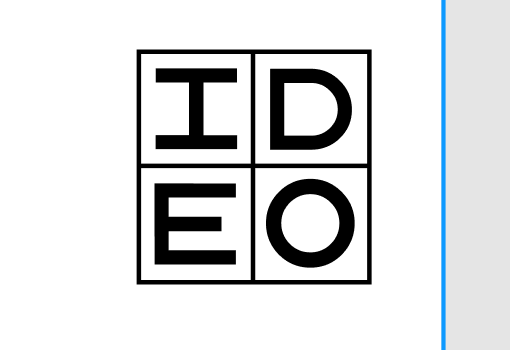Materials help shape the story of a product, they communicate how it’s meant to be used and how it needs to be cared for. As industrial designers, we must consider material properties, colors, function, lifespan, and cost-effectiveness when bringing a physical design to market. And digital creators must think about the physical properties as if they were in the real world.
At the moment, the only creative constraint is we’re limited to using the materials we know exist. But what if we could wave a creative “I-wish-wand” and design a material first? What creative autonomy could it give us and how would this change the design process and thinking? Maybe the better question is even why design a material to begin with? Aside from innovation, the short answer to that is perhaps a chance to tell a more impactful story around a product and brand, giving us more freedom to envision the world we’d want to live in.

Digital tools have become increasingly useful in the development of new materials. From using digital fabrication to create new geometric forms (and therefore properties), to modeling metamaterial properties that make the light direction needed for invisibility cloaking possible, these tools have been pushing at the edges of material design. Like many fields, though, AI has the potential to bring design much more deeply into development. MIT is offering a professional development course, and you can find articles in Nature describing accelerated material discovery processes. At even more fundamental levels, projects like AlphaFold are changing the kinds of things that can be simulated, bringing our resolution down to the molecular level.
This explosion of tools and approaches is exciting and promising for the breadth and specificity that we can expect from our future material palettes. There are also ways for designers to engage with this imagined future world now. And, of course, this involves generative AI.

The beauty in using generative AI tools to make quick material visualizations is that we don’t have to be scientists or researchers to create them. Anyone, from any background can create their own material and choose any physical property and aesthetic imaginable. And who knows, maybe one day there will be a company we can go to that has scientists, designers and engineers all in one space making the materials we envision for large scale manufacturing at an affordable cost.

One example of designing a material that effectively tells a product’s story around sustainability could be a fork made from bleached coral reef, reinforced with a bioplastic. This approach not only avoids generating additional waste by utilizing existing resources, but it also highlights the critical issue of coral reef degradation. By combining these materials, the product serves as a tangible reminder of the environmental challenge while providing a durable and functional utensil that can last a lifetime.
Visualizing this product in this material tells the story of environmental consciousness, resourcefulness, and the importance of taking action to protect our natural ecosystems in a different way than simply telling a story of repurposing materials and coral reef conservation in marketing copy.

Another example (including a visual breakdown) is a material visualization of a seaweed and moss exploring how it might be applied onto a shoe. Even if the material isn’t physically made the generated image inspired us to think of a way to apply this as a pattern onto fabric instead.
Any designer can use simple rules of thumb about material visualization, combined with generative AI image generators to quickly and robustly imagine and visualize materials. We’ll show you how to use Midjourney to create material mashups of your own.

/imagine [spacebar] porous foam made from seaweed material, the material is applied to a sphere, with a white background, macro shot
Now feel free to explore and combine your materials of choice, using a pattern like this:
/imagine [short description of two existing materials] texture on a smooth sphere, the material is applied to a sphere, with a white background, macro shotUsing the phrases “smooth sphere”, “texture” and “material is applied” seem to help the system understand that we’re after a traditional example virtual material sphere. “White background” and “macro shot” seem to help frame the sphere properly and avoid cluttered backgrounds. As you explore, try varying both your material descriptions and the base prompt until you find a compelling base material.
Midjourney can help us go a step further and see how these materials might influence and interact with real product designs. You may not get exactly the material you had in mind on the first try but just as any design process there’s a lot of trial and error.
Apply to a product

Now that you’ve created your material feel free to blend your material to a product of choice. The step is similar to the previous one except here you’ll type /blend and then it will ask you to drop a minimum of two images to mashup. You can add more images if needed. We’ve found it best if mashing up images to use similar colored backgrounds.
/blend [enter] [choose your first image] [choose your second image]
Hopefully this process encourages us to think beyond what we already know exists, and imagine the tangible world we would want to live in.
Heading 1
Heading 2
Heading 3
Heading 4
Heading 5
Heading 6
Lorem ipsum dolor sit amet, consectetur adipiscing elit, sed do eiusmod tempor incididunt ut labore et dolore magna aliqua. Ut enim ad minim veniam, quis nostrud exercitation ullamco laboris nisi ut aliquip ex ea commodo consequat. Duis aute irure dolor in reprehenderit in voluptate velit esse cillum dolore eu fugiat nulla pariatur.
Block quote
Ordered list
- Item 1
- Item 2
- Item 3
Unordered list
- Item A
- Item B
- Item C
Bold text
Emphasis
Superscript
Subscript





















